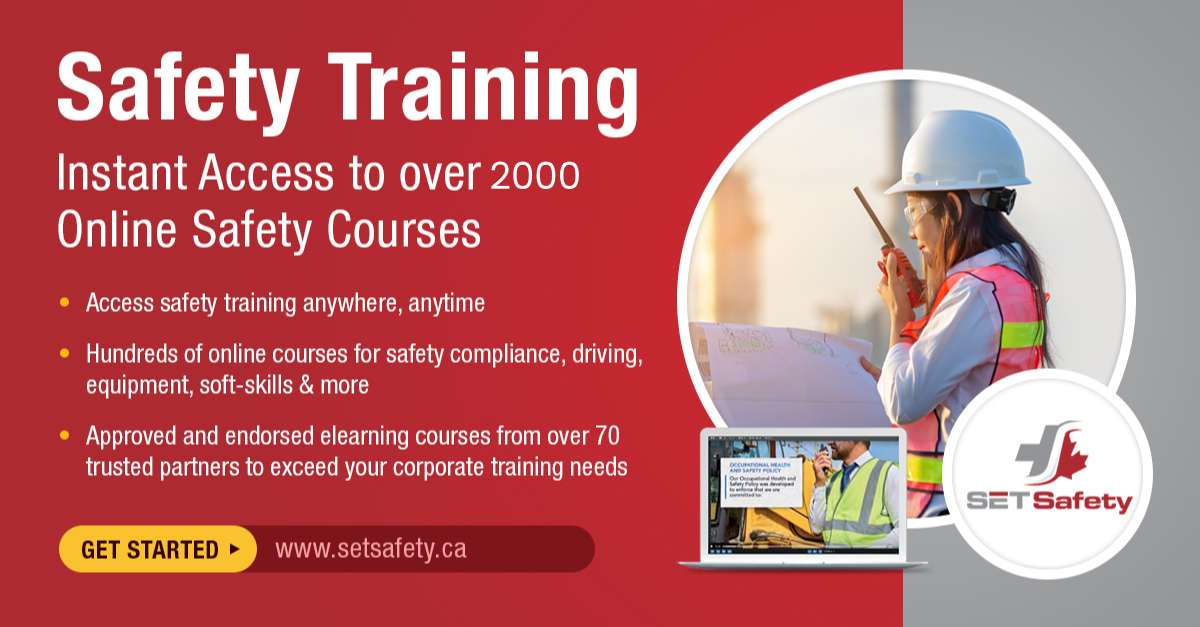
Microlearning Platforms
Online microlearning is becoming a popular option for workplace training. While it may be the latest industry trend many people wonder if it’s as effective as traditional in-class training sessions. Keep reading to see how microlearning compares to in-class training in a few key areas.
Digestible Content
Traditional in-class training sessions tend to be designed to deliver the most amount of information in the shortest time frame possible. This runs the risk of overloading learners with information. Online Microlearning breaks up content into small, topic-specific units or modules. This allows a learner to focus entirely on one specific concept before having to move on to something else.
Convenience
In-class training follows a rigid structure. You can’t simply pop in and out whenever convenient. You’re either in the class for that set period of time, or you have to wait until the next scheduled training session. With microlearning, because modules are available online, learners can take taking when and where it’s most convenient for them. Furthermore, microlearning allows people to learn at their own pace and work through the modules as quickly or as slowly as needed. This is excellent as well for people taking a course that’s not in their first language as it allows a low-pressure learning environment that’s more conducive to material-retention.
Interactivity
As mentioned above, in-class training sessions are designed to deliver a lot of information in a short period of time. This can lead to less-than-exciting lectures, reading, and workbook activities. Microlearning actively engages learners with quizzes, activities, videos and progress checks along the way, keeping the learner involved and interested in the material.
Complexity
While microlearning has its advantages, it does not work in every situation. Some concepts, particularly those that are more complex, simply will not work with microlearning. However, that’s not to say that microlearning cannot be used. In cases such as this, modules can be used to supplement complex material, fill in knowledge gaps, and help solidify concepts. Always remember that ‘blended’ learning options that couple online training theory with in-person skills sessions provide the BEST material retention!
Want to learn more about how microlearning can be implemented in your workplace? Contact SET Safety today!


